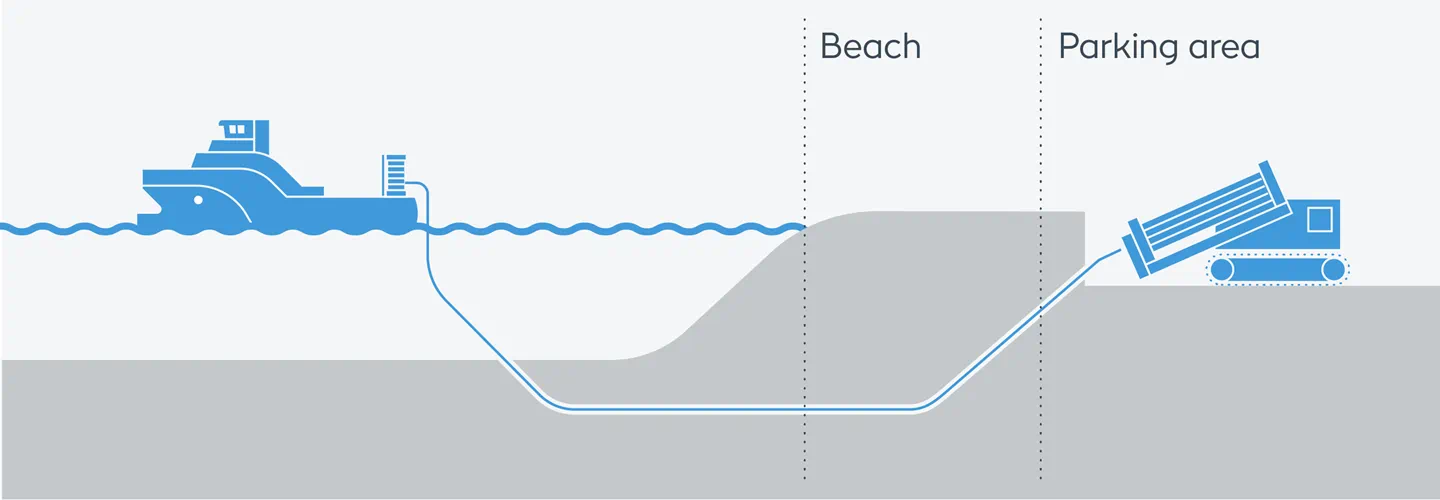Hornsea 3 will generate enough green electricity 120 km off the Norfolk coast to power more than 3 million UK homes.
But that’s only half the story.
All that clean, renewable electricity needs to be carried onshore and connected to the National Grid’s main substation in Norwich before it can reach millions of homes across the UK.
That requires the construction of onshore infrastructure and 51 kilometres of cables to be buried underground onshore.
Our aim is to be a good neighbour. As we build the infrastructure necessary to deliver green energy to millions, we strive to do it in a low-impact way that respects local residents, our beautiful natural landscape and local wildlife.

Our pledge is to return everything as we found it. For example, when we excavate trenches to bury cables, we recover them neatly with the original soil. We replant vegetation, and restore everything to the way it was, removing any trace that we were ever there.
We also aim to be as transparent and communicative as possible with Norfolk residents who will be potentially impacted by the onshore construction work.
Read on to explore our reports on the project’s progress, and learn about road closures in the near term.
We also aim to be as transparent and communicative as possible with Norfolk residents who will be potentially impacted by the onshore construction work.
Read on to explore our reports on the project’s progress, and learn about road closures in the near term.

Hornsea 3 will be the world’s single largest offshore wind farm when it becomes operational. Its offshore wind turbines will be connected together by nearly 600 kilometres (km) of array cables.
Those cables will link into two offshore converter stations that will act as transformers and convert the electricity to the correct voltage to transmit it onward to shore via export cables.
From Weybourne on the Norfolk coast, underground export cables will transfer the electricity to an onshore converter station at Swardeston, just south of Norwich. Then the power will again be converted to the correct voltage and fed into the National Grid.
Those cables will link into two offshore converter stations that will act as transformers and convert the electricity to the correct voltage to transmit it onward to shore via export cables.
From Weybourne on the Norfolk coast, underground export cables will transfer the electricity to an onshore converter station at Swardeston, just south of Norwich. Then the power will again be converted to the correct voltage and fed into the National Grid.

Your top questions answered
-
Why do such large lorries have to go along such small roads?
-
Why are you digging up the countryside?
-
How will local residents benefit from this project?
-
How can I get construction updates directly in my inbox ?
-
Where can I find out about Ørsted’s upcoming local events?

